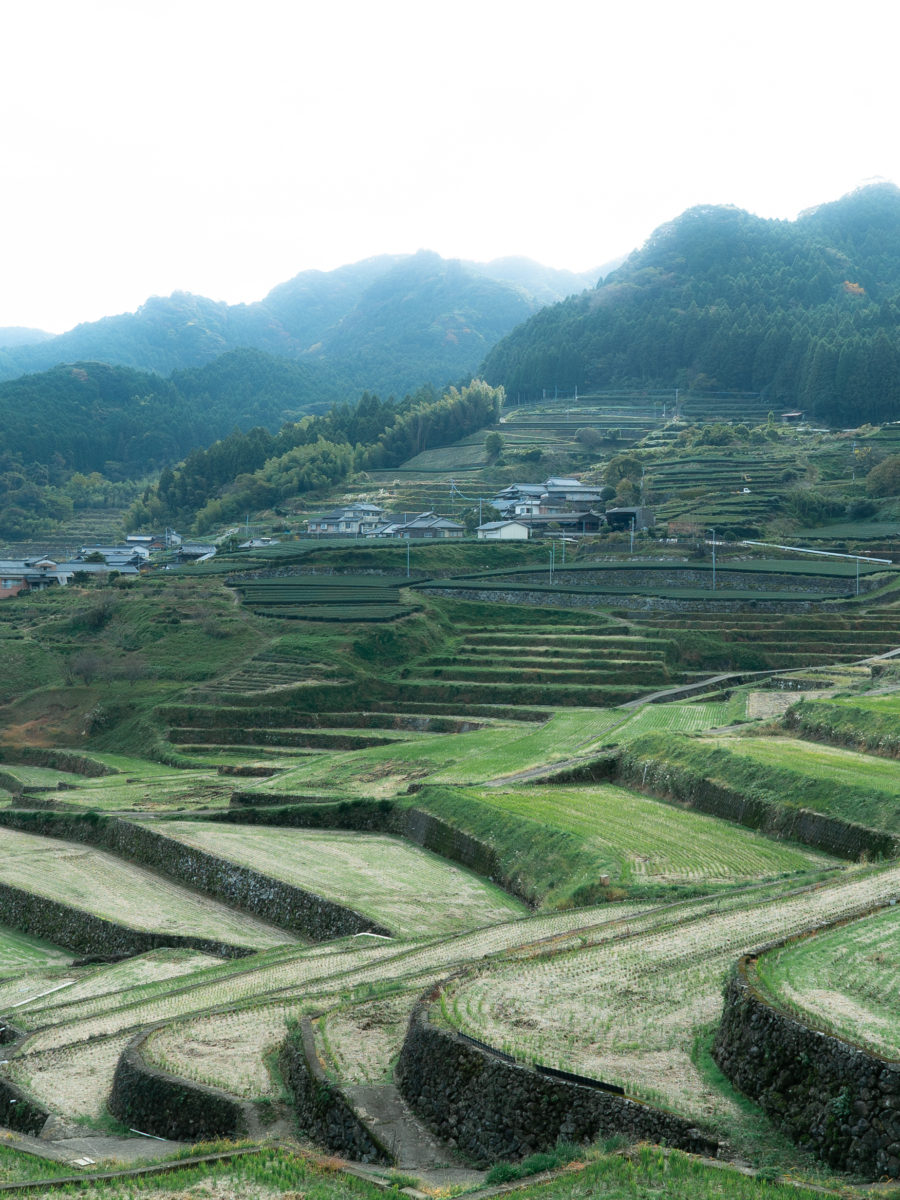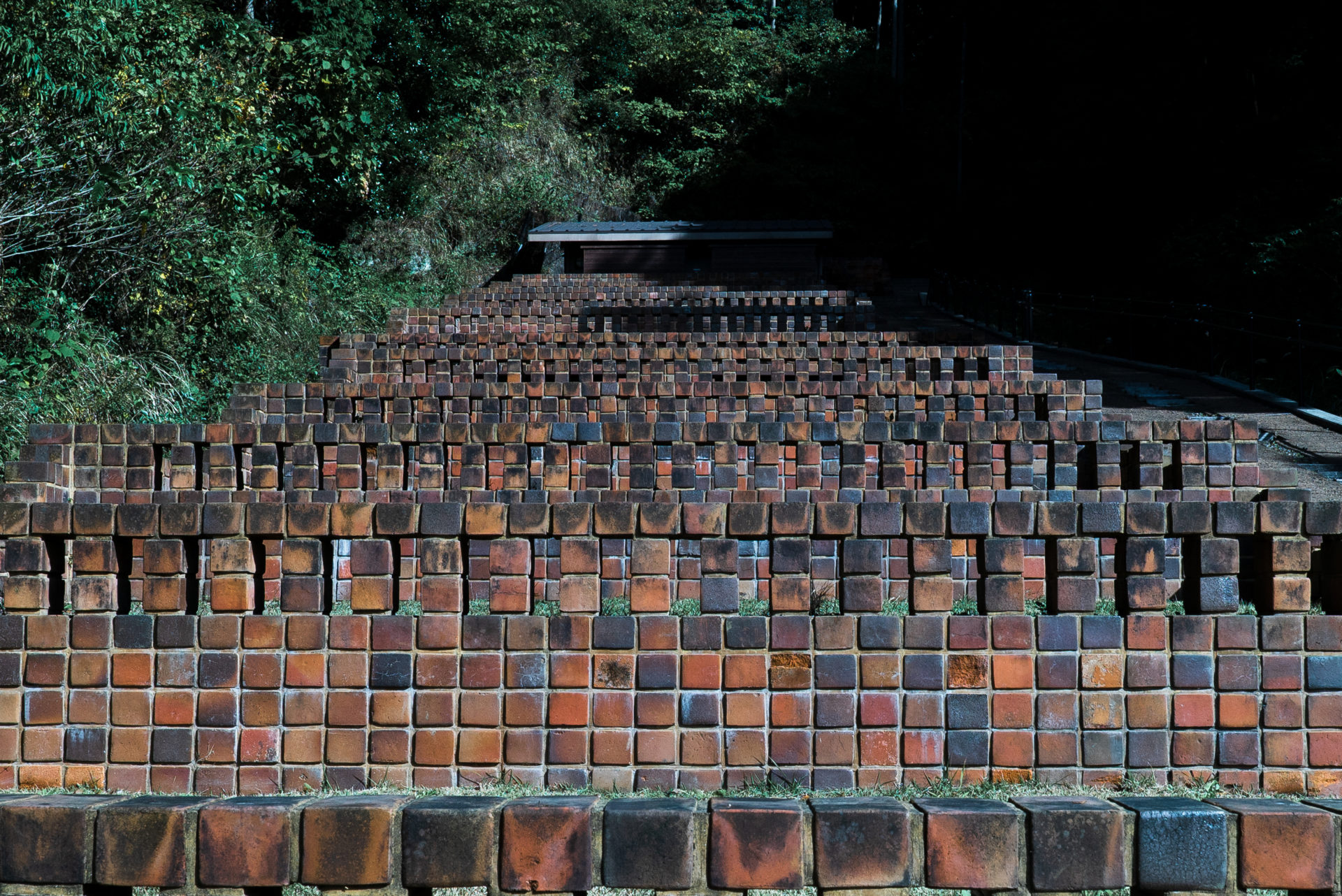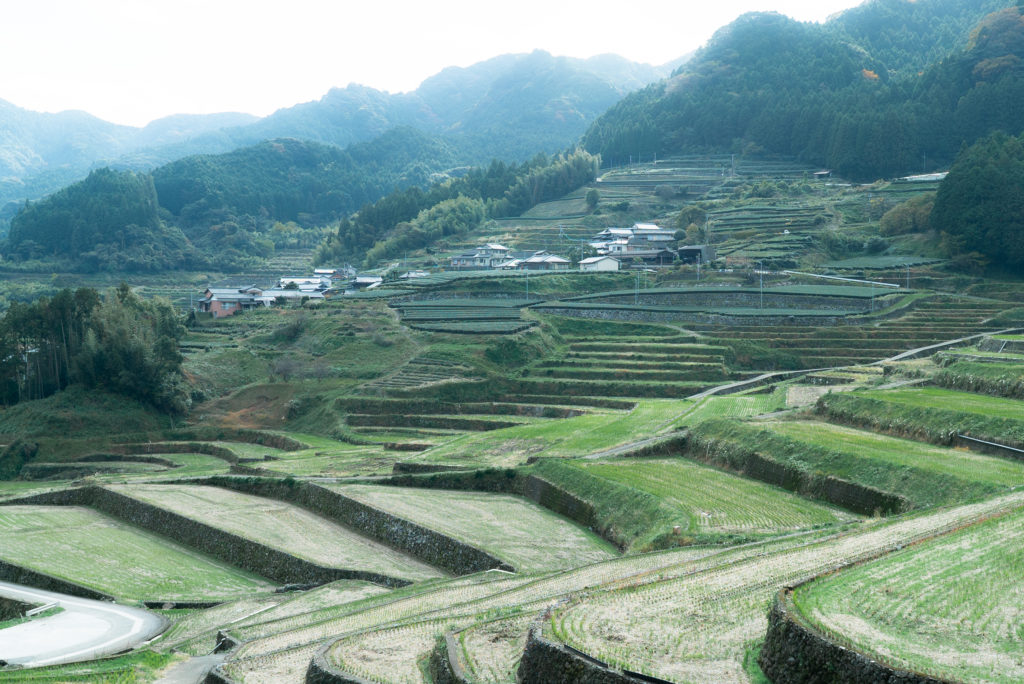
Hasami-cho, Higashisonogi-gun, Nagasaki Prefecture is known throughout Japan for its production of Hasami-ware Pottery. This is the only town not facing the sea in Nagasaki Prefecture which makes the town very unique. Hasami-ware, a traditional pottery with a history of more than 400 years, still continues to evolve to this day, for the town’s natural resources.
※ This article is sponsored by SAIKAI TOKI TRADING, written by JapanMade editorial team
Energy Revolution to Evolution
Nakaoyama is a pottery town where potters and trading companies line up. Here, you can follow the process of making Hasami-ware. The history of Hasami-ware originated when the Omura feudal lord returned from Korea at the end of the 16th century. The potter who accompanied him built a kiln, which lead to crafting the Hasami-ware. A long climbing kiln was required for mass production, for firewood was used for the oven. 3 of the longest kiln sites in the world remain on Nakaoyama, and the second one Nakao Uwa Climbing Kiln is open for visitors to see.

Other than having advantage of the land being sloped for building the climbing kilns, having the natural resources for firewood was one of the reasons craftsmanship flourished in this area. As the main energy supply changed from firewood to coal, brick chimneys started to fill Nakaoyama’s views. Walking down the back alley and seeing the old chimneys and potteries is a very nostalgic experience.

Supporting The Crafts With Agriculture
One of the most interesting things about Nakaoyama is that even though there were many workers that lived there to mass produce Hasami-ware, there was no farmland to feed the people.
Onigi, which is located next to Nakaoyama, was the town that supported the craftsmen with their agriculture. Unlike Nakaoyama, Onigi’s rice terraces welcome us with a splendid view. Onigi Rice Terrace is chosen as one of the 100 rice terraces in Japan and definitely worth the visit.
Unique scarecrows line up for the Onigi Rice Terrace Festival held in Fall. Some of them are very exquisite and the visitors from outside the town often mistakes them for real human. You can see and dive into the dynamic view from resting area, making it a more enjoyable visit.

Moving On and Cherishing the Tradition
As the energy revolution continued, the era of coal came to an end. Using gas lead many of the potters to move to a plain land in Nishinohara. The former pottery manufacturing sites became galleries and cafes where you can see many kinds of Hasami-ware. In the stores, you can feel the history of Hasami-ware.

Hasami Part.2 Hasami Pottery, Supporting the Community to Pass on the Tradition
destination
長崎県のほぼ中央、東彼杵郡北部の内陸部に位置し、長崎県内で海に面していない唯一の町。400年の伝統をもつ全国屈指の「やきものの町」として栄えてきた。日本国内の一般家庭で使われている日用食器の約13%は波佐見町で生産されたものと言われている。町内には陶磁器に関する約400の事業所があり、町内の約2,000人が窯業関係の仕事にたずさわっている。
https://ps-q.jp/tourism/hasami-town/